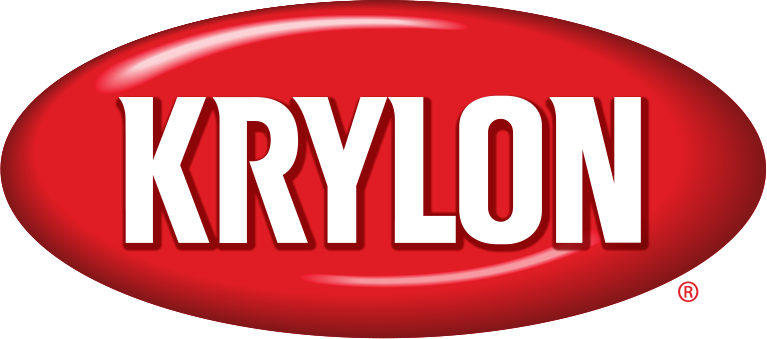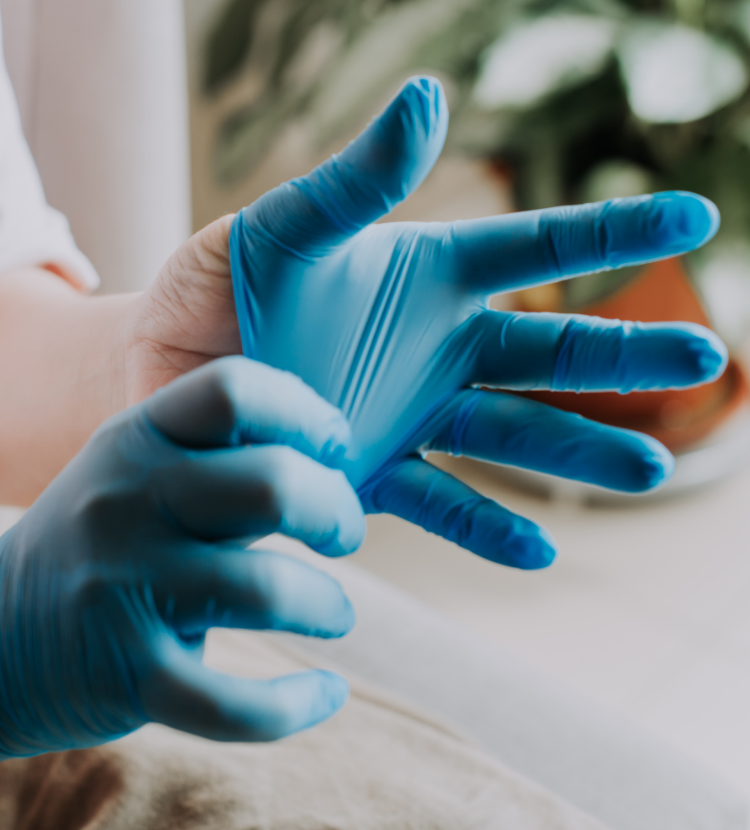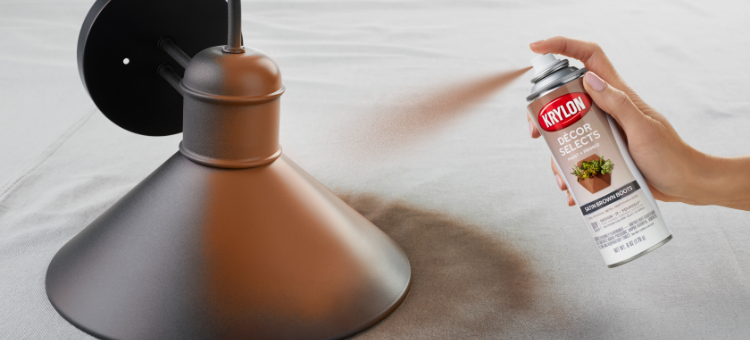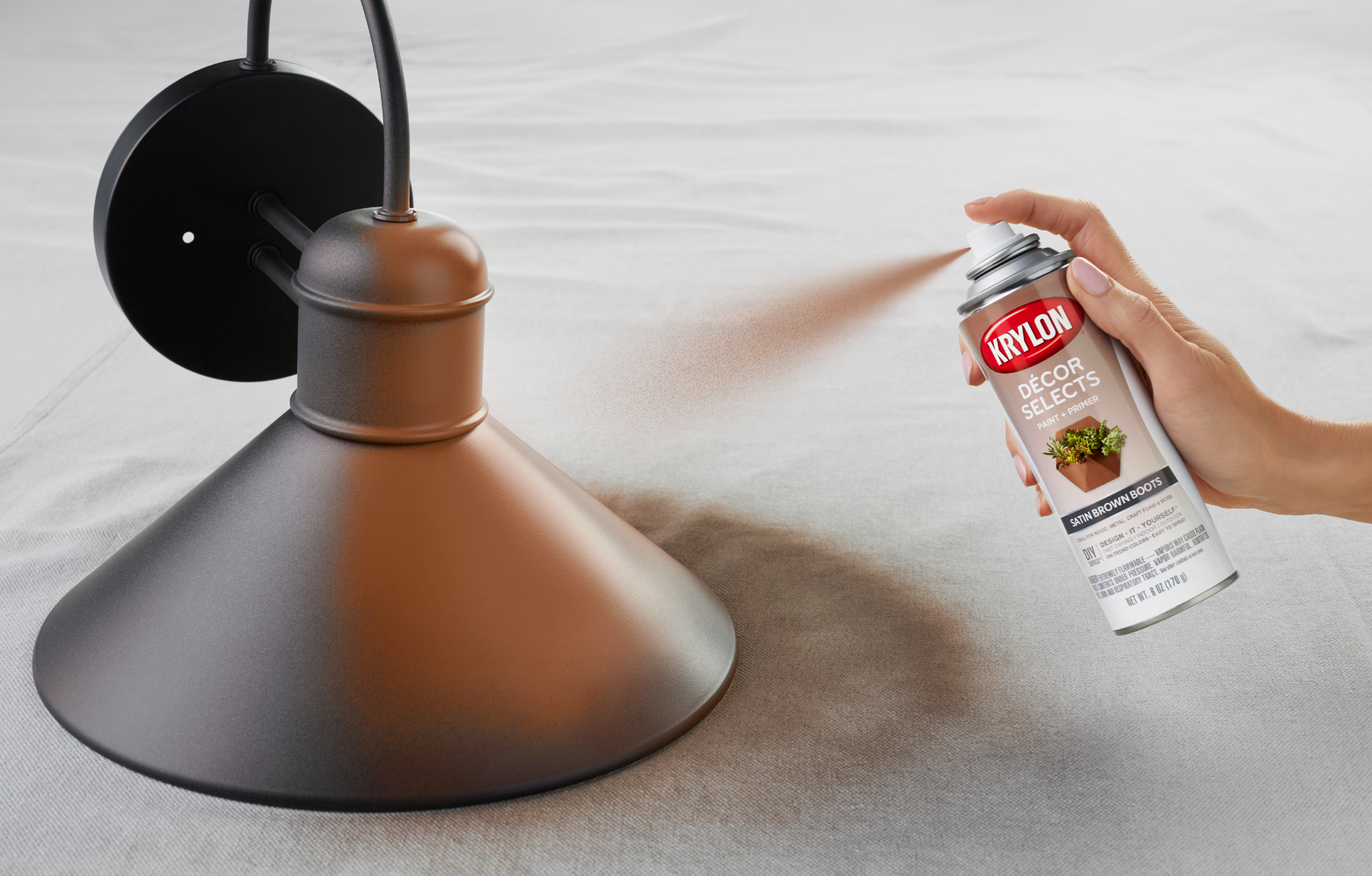
Spray Paint Safety Tips & Requirements

Spray Paint Safety Tips & Requirements
Safety Basics and Beyond
KEEP SPRAY PAINT ON YOUR PROJECT, NOT ON YOU.
Avoid contact with your eyes and skin. Wear gloves or wash your hands after using.
VENTILATE.
Vapors can be harmful; avoid continuous breathing of spray mist by spraying outside whenever possible. When spraying inside, open windows and doors to ensure fresh air entry during application and drying. Wearing respiratory protection is also helpful — most hardware stores sell a variety of painting masks.
LEAVE THE SPRAY PAINT CAN WHOLE.
Do not puncture, incinerate or burn aerosol cans. Do not discard cans in a trash compactor, but do recycle them when empty.
STAY OUT OF HEAT AND AWAY FROM FIRE.
Make sure to keep away from sparks and open flames. Don’t smoke. Extinguish all flames, pilot lights and heaters. Turn off stoves, electric tools and appliances, and any other sources of ignition.
KEEP AEROSOL CANS AWAY FROM HEAT SOURCES, TOO.
Avoid prolonged exposure to sunlight or heat from radiators, stoves, hot water and other hot items that may cause bursting. Additionally, for best finish, avoid using Krylon spray paint directly in hot, humid weather.
TAKE THE FOLLOWING PRECAUTIONS WHEN PAINTING LIGHTING AND ELECTRICAL FIXTURES:
Read and follow all lighting/fixture manufacturer-stated safety precautions. Ensure corded lamps are unplugged from electricity. Inspect electrical cords for any damage that could come into contact with unwanted paint or overspray. Do NOT paint wiring. Do NOT paint light bulbs. Do NOT paint damaged cords that may have exposed wiring. Do NOT paint parts of fixtures that get excessively hot, unless using a High Heat paint specified for that purpose.
TAKE THE FOLLOWING PRECAUTIONS WHEN PAINTING OBJECTS IN CONTACT WITH AN OPEN FLAME (candleholders, firepits, etc.).
Do NOT paint in the vicinity of an open flame. Do NOT paint any surface that will be in contact with an open flame, especially the insides. Do NOT leave open flames unattended in any situation. If using High Heat paint, read back of product label to ensure expected heat is within the recommended temperature ranges of the paint.
PREVENTING SPRAY PAINT OVERSPRAY
Overspray can occur both indoors and outdoors. Depending on your project and location of your spray paint area, there are multiple materials that can be used to cover surrounding surfaces and protect them from overspray, including:
- Newspapers
- Painter’s Tape
- Drop Cloths
For additional spray paint overspray protection, Krylon® suggests creating your own “spray booth.” Create a spray booth for your smaller spray painting projects by turning a large cardboard box on its side and placing your object inside before applying Krylon spray paint.
If overspray has occurred, see below to learn how to remove Krylon spray paint.
REMOVING SPRAY PAINT OVERSPRAY
Learn how to prevent spray paint overspray by reading the “After Use” section found on the Krylon spray can label instructions.
In most cases, paint or lacquer thinner will remove spray paint overspray from the objects surrounding your spray area. In these cases, follow the solvent manufacturer’s safety instructions and be sure to wash your hands thoroughly after use.
Learn how to protect objects from overspray by properly preparing your spray paint area.

